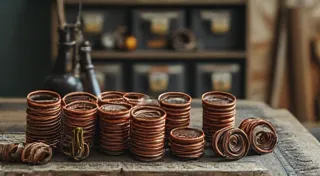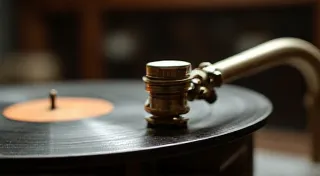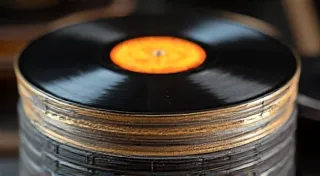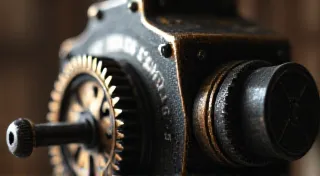Identifying Nickel Plating Issues and Restoration Techniques
The gleaming beauty of an antique phonograph often hinges on the condition of its nickel plating. This bright, reflective finish, common on many parts from the late 19th and early 20th centuries, is unfortunately susceptible to damage over time. Understanding the types of issues you're likely to encounter, and knowing proper restoration techniques, is crucial for preserving your vintage machine. This article will guide you through identifying nickel plating problems and explore appropriate repair and preservation methods.
Understanding Nickel Plating and Why it Fails
Nickel plating is typically applied as a thin layer over a base metal, usually brass or steel. It offers both aesthetic appeal and protection against corrosion. However, several factors contribute to its deterioration:
- Oxidation: Exposure to air and moisture causes oxidation, resulting in a dull, tarnished appearance.
- Abrasion: Handling and mechanical wear can scratch and wear away the nickel layer.
- Chemical Reactions: Contact with certain chemicals, even household cleaners, can damage the plating.
- Underlying Corrosion: Corrosion of the base metal can bubble and lift the nickel plating.
Common Nickel Plating Problems
Let's look at some specific issues you might find on your antique phonograph:
- Tarnish: A general darkening of the surface due to oxidation. This is the most common problem.
- Scratches: Visible lines where the nickel layer has been worn away. The severity varies from light hairline scratches to deep gouges.
- Bubbles & Blisters: These indicate corrosion beneath the nickel plating. They can be small and isolated, or widespread and severe.
- Peeling: The nickel plating has completely separated from the base metal. This is a serious issue.
- Etching: Irregular surface damage caused by chemical reactions.
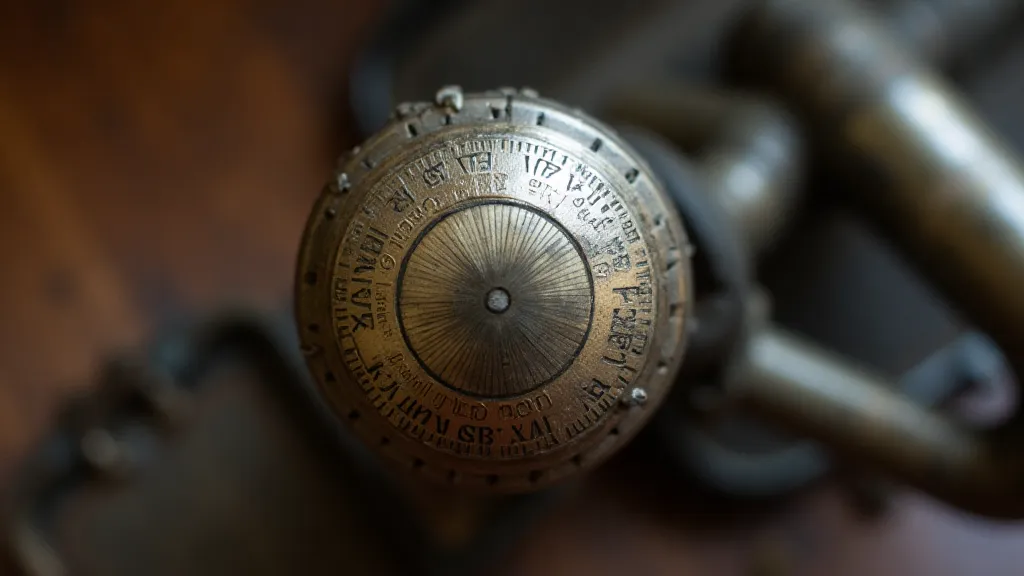
Restoration Techniques – What to Do (and Not Do!)
The best approach depends entirely on the severity of the damage. Here's a breakdown:
1. Cleaning and Polishing (Minor Tarnish & Light Scratches)
For mild tarnish and superficial scratches, careful cleaning and polishing is often sufficient. Use a dedicated nickel polish (not silver polish!). Apply the polish sparingly with a soft cloth, following the manufacturer’s instructions. Avoid excessive rubbing, which can introduce more scratches. Gentle circular motions are best. Always test in an inconspicuous area first.
2. Addressing Bubbles and Peeling
Bubbles and peeling are more serious issues. Simply polishing won’t fix them. These areas *must* be addressed before any polishing is done to the surrounding intact nickel plating. The best course of action is usually to have the affected part re-plated. Attempting to cover them up with paint or filler is generally not advisable, as it will likely deteriorate and look worse over time.
3. Repairing Scratches (Limited Options)
Deep scratches are difficult to repair convincingly. Filling scratches with a specialized metal filler *can* be done, but the repair is often visible and may not match the original finish perfectly. Often, accepting the scratch as a testament to the phonograph’s age is the most appropriate solution. Professional replating is the only way to truly eliminate deep scratches.
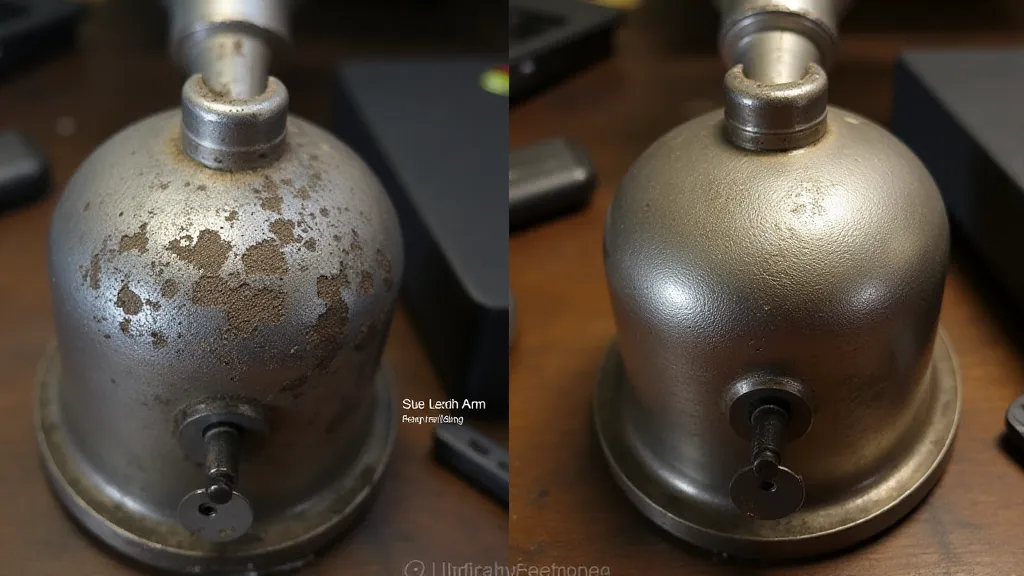
4. Preservation over Restoration
Remember, the goal is preservation, not necessarily making the phonograph look brand new. Excessive polishing and aggressive restoration techniques can remove original patina and potentially damage the base metal. Document any issues and consider consulting with a professional phonograph restorer for complex repairs, especially replating.
Important Considerations
- Base Metal Condition: Always assess the condition of the base metal beneath the nickel plating. Corrosion can continue even after the nickel plating is repaired.
- Professional Help: Re-plating requires specialized equipment and expertise. Consider hiring a professional if you're not comfortable undertaking the work yourself.
- Documentation: Photograph the phonograph’s condition *before* attempting any repairs. This provides a record of its original state and helps track the restoration process.
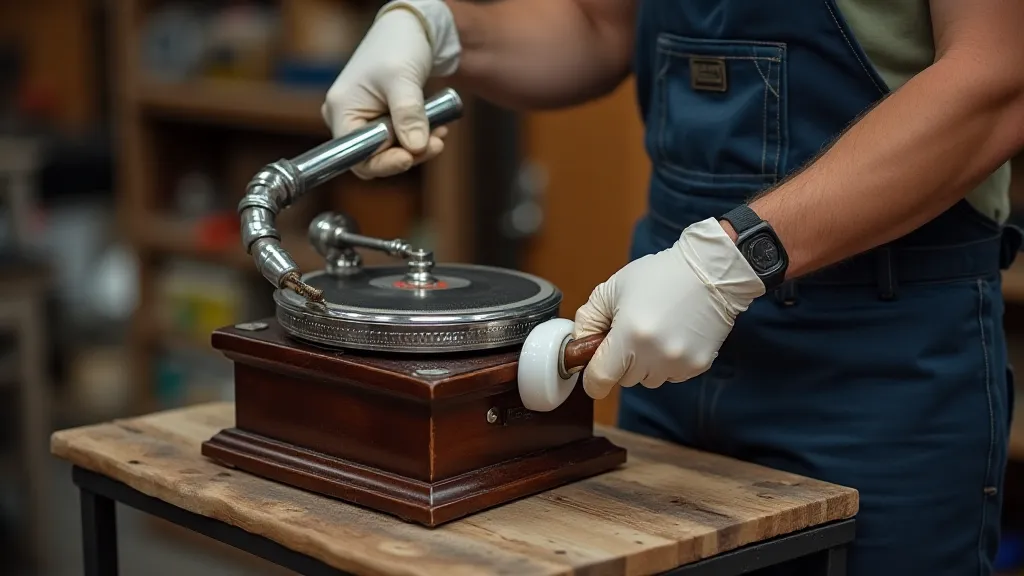
By understanding the nature of nickel plating issues and employing appropriate restoration techniques, you can help preserve the beauty and value of your antique phonograph for generations to come.
